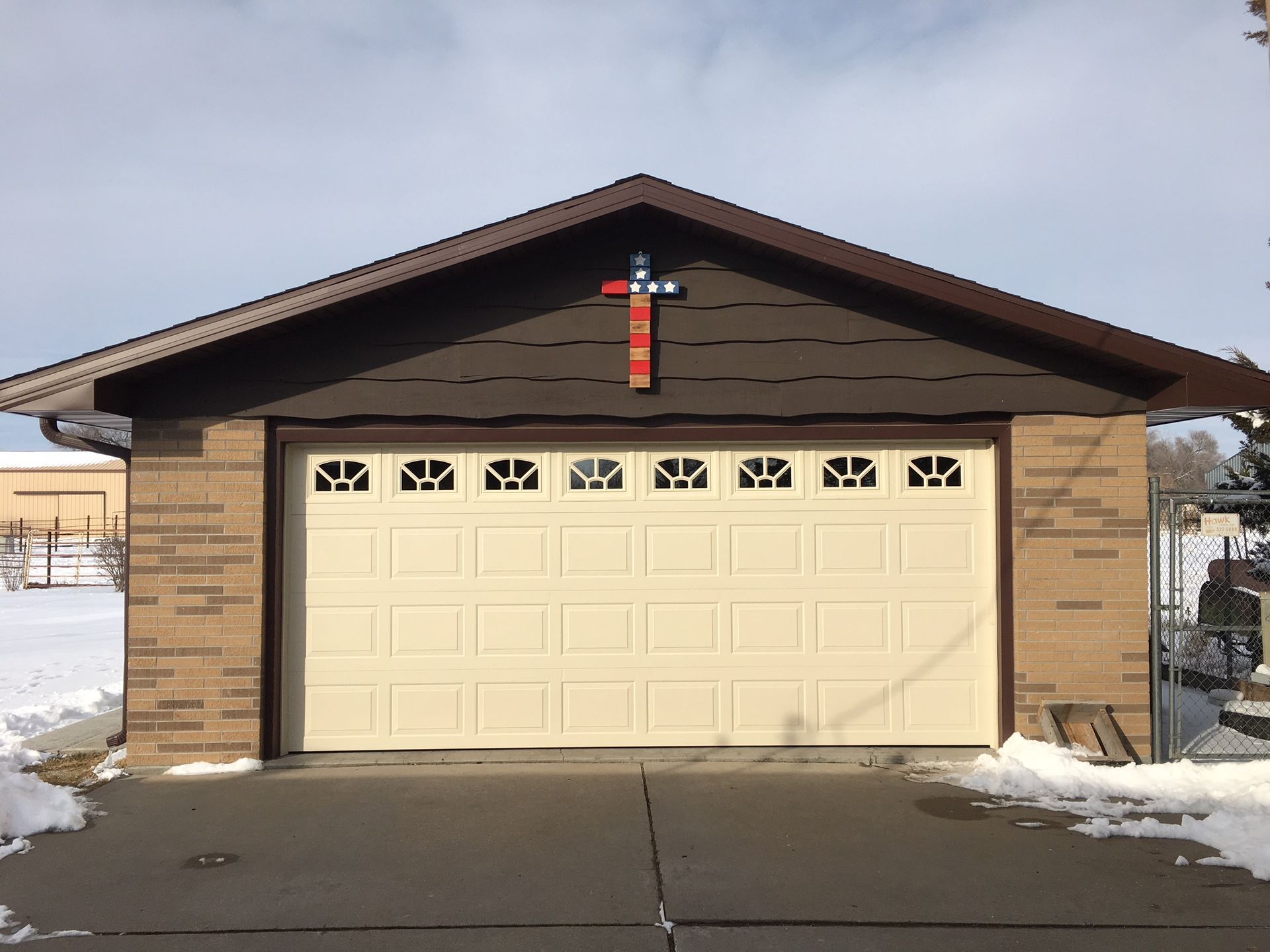Often overlooked, roof insulation plays a key role in enhancing your home’s energy efficiency. Learn how it improves roof performance, reduces energy bills, and boosts indoor comfort.
How Insulation Improves Roof Performance
Insulation plays a critical role in your roof’s effectiveness by preventing heat loss in the winter and keeping cool air inside during the summer. A well-insulated roof helps regulate your home’s temperature, keeping it more comfortable year-round.
The Impact of Insulation on Energy Bills
Without proper insulation, your heating and cooling systems must work harder to maintain the desired indoor temperature, leading to higher energy bills. By upgrading your roof insulation, you can minimize energy loss, reduce heating/cooling expenses, and lower your carbon footprint.
How to Upgrade Your Roof Insulation Effectively
- Consider R-Value: The higher the R-value, the better the insulation's performance. Choose the right R-value for your climate zone.
- Switch to Reflective Insulation: Consider upgrading to reflective insulation to reduce heat absorption and improve energy efficiency in hotter climates.
- Seal Air Leaks: Make sure to seal any air leaks around vents, skylights, and chimneys to stop warm or cool air from escaping.
- Don’t Forget the Attic: Since heat rises, ensure your attic is properly insulated to prevent heat from escaping through the roof.

Weathercraft’s Recommendations for Optimal Insulation
At Weathercraft, we recommend using high-quality, eco-friendly insulation materials that provide long-lasting performance. Our experts will assess your home’s specific needs and recommend the best insulation solutions to maximize energy efficiency while staying within your budget.